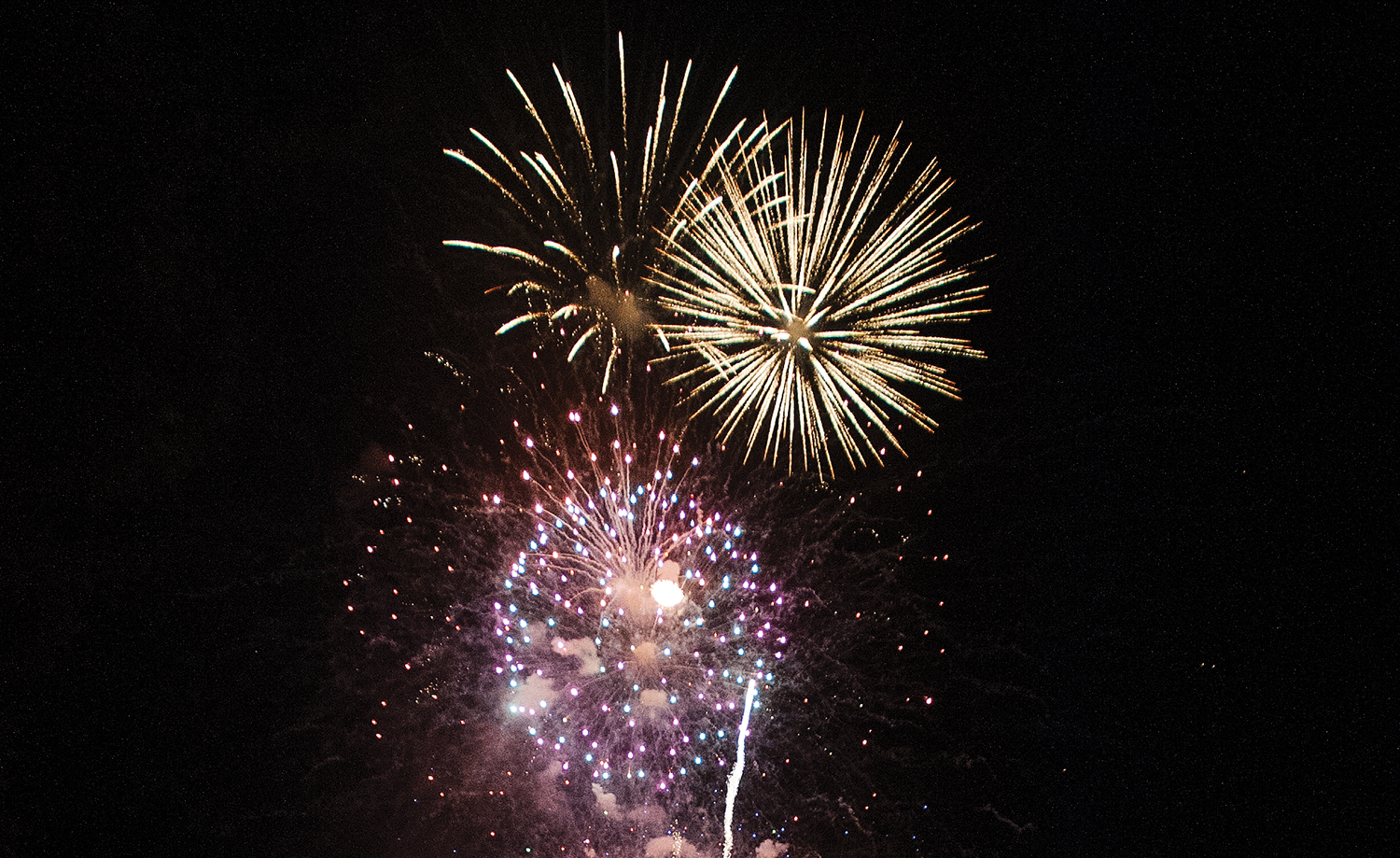Women who played a part in the history of flying in America
Published 2:26 am Saturday, February 22, 2020
Women have played a significant part in the development of the aviation industry.
One of them was Anne Morrow Lindbergh. She was in the shadow of her husband, Charles. She met him when he visited Mexico after his historic flight from New York to Paris in 1928.
Her father was the ambassador to Mexico at the time.
They married in 1929 and she learned to fly, obtaining her license in 1930. She was the first woman to earn a glider pilot license in the United States. She continued flying with Charles as navigator and copilot. They opened up routes across the Pacific Ocean and the Atlantic and flew the polar route across top of the world from the United States to Asia and Europe.
She is credited with flying 40,000 miles with Charles and earning the Hubbard Medal by the National Geographic Society in honor of her achievements in 1934.
A blemish on her reputation was when she wrote complimentary comments about Hitler before WWII. After Pearl Harbor, both she and Charles changed their minds and Charles flew combat missions as a civilian in the South Pacific in WWII.
Another name that comes to mind is Jacqueline Cochrane, who preferred to be called Jackie. She was the prime mover in the formation of the WASPs (Women’s Airforce Service Pilots).
It all started with a letter to Eleanor Roosevelt, the president’s wife, to form a flying group to assist in the war effort. General Hap Arnold authorized the formation of a couple of women’s flying organizations and later consolidated them into one group, the WASPs, headed up by Cochrane.
In her job, she supervised the training of hundreds of women pilots at Avenger Field in Sweetwater, Texas to become ferrying pilots to fly new planes from the factories to fields where they were needed. This freed up hundreds of male pilots for combat duty.
Of course, one of those WASP pilots was our Irene Crum who learned to fly at Mayes Field (now Lawrence County Airport) with Howard Mayes Sr. as her instructor.
Cochrane was awarded the Distinguished Service Medal (DSM) in 1945, the first woman to receive the DSM.
Cochrane set many records, she was the first woman to fly supersonic. She was a life-long friend of Chuck Yeager. To go supersonic, she had to go to Canada to borrow their Saber 3 for a speed record attempt. The U.S Air Force refused to let her fly the F-86 for the speed attempt. She accomplished the supersonic flight on May 18, 1953 at Rogers Dry Lake, California.
Cochrane was an early supporter of training women to be astronauts for the Mercury 13 program, but later come out against using women. Those others who spoke against using women in the program were John Glenn and Scott Carpenter. These two came out against it because it would have delayed the project at a time we were in a race with Russia to be number one in space technology.
Don Lee, a pilot flying out of Lawrence County Airport since 1970, has been in charge of equipment and grounds maintenance for the last several years. He can be reached at eelnod22@gmail.com





